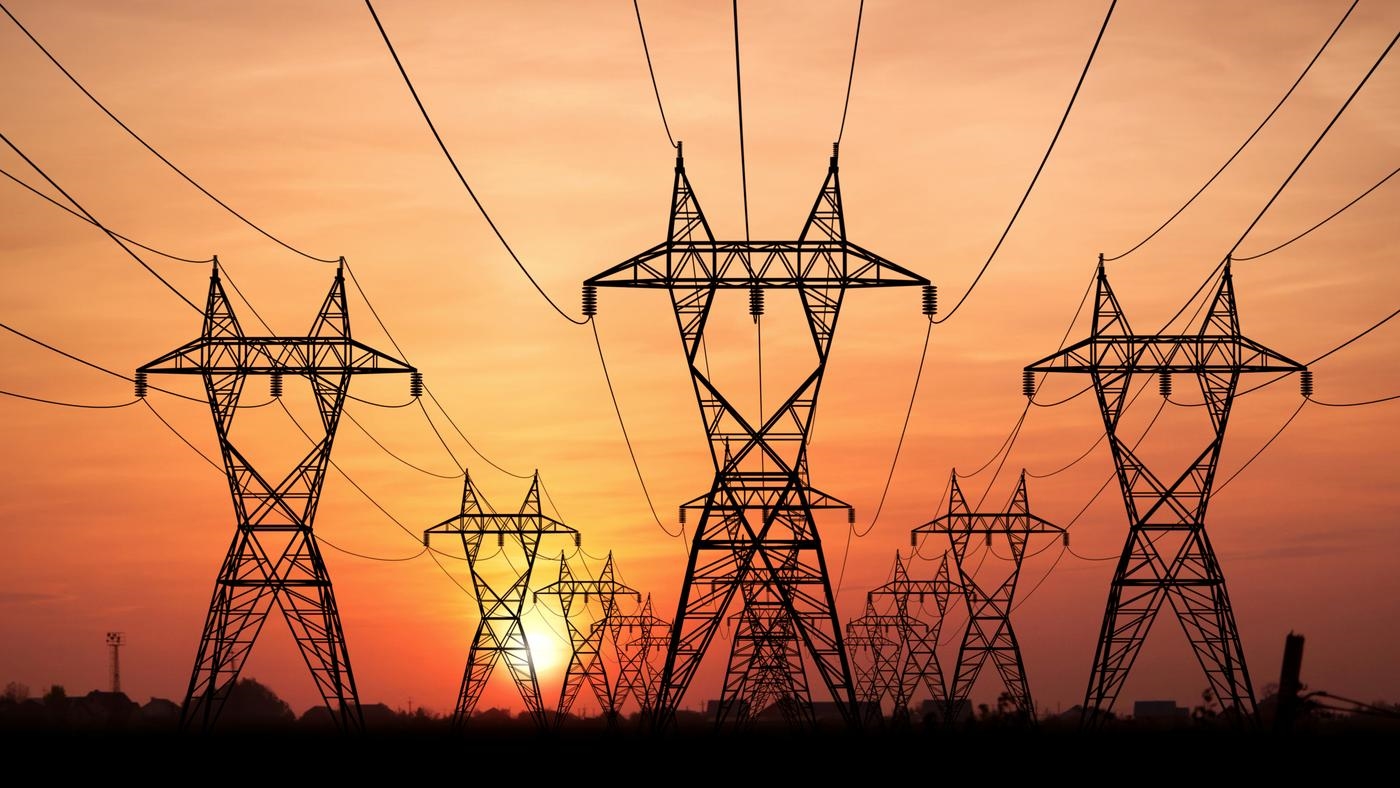Energy transition outlook: net zero by 2050 scenario
Accelerating the energy transition to achieve Paris Agreement goals
Get your copy
Trajectory
Trajectory
This scenario assumes a 1.5 ˚C pathway is adopted globally, building on game-changing policies such as REPowerEU and the US Inflation Reduction Act (IRA).
Outlook
Outlook
The most ambitious goals of the Paris Agreement are met. Developed economies reach net zero emissions before 2050 and emerging markets follow.
Key features
This scenario assumes that the energy trinity challenges – sovereignty, security, and sustainability – are addressed in time and at the required pace and scale, driven by new technologies and global cooperation.
That cooperation enters all aspects of economic activity; governments, business and industry and consumers come together and lift the climate game. The world is interconnected, electrified and increasingly circular. Resources are maximised, not wasted.
Aggressive, collaborative action targets immediate peak energy and rapid deployment of negative emissions technologies, nuclear, long-duration storage and geothermal.
Electric vehicle uptake (51% by 2050 in our base case) ramps up to 91%. Low-carbon hydrogen demand reaches 460 Mtpa. CCUS (including direct air capture) volumes reach 6 Bt in 2050.
This is a limited overshoot scenario where the remaining carbon budget for 1.5 ˚C world is consumed by early 2030s. But a focus on innovation, negative emissions technologies and investments help bring the world back in 1.5 ˚C warming threshold by 2100.

Emissions
Globally, energy-related emissions peak in 2024 and fall by around 9% by 2030 and reach net zero by 2047. All except the Middle East, Africa and Southeast Asia reach net zero before 2050.
Investment
Our net zero by 2050 scenario requires capital investment of US$78 trillion from 2024-2050. Total spend in energy supply needs to double to US$3.5 trillion by 2050. About 75% of total capital is needed in power and infrastructure sectors (compared to 9% in upstream); clear policies can unlock the finance.
Get a closer look at the detail
Our energy transition outlook executive summary includes more detail on these themes, plus a selection of charts on fossil fuels demand outlook, power demand, critical minerals demand, solar and wind trajectories and more. Fill in the form at the top of the page for your complimentary copy.
Explore our scenarios
-
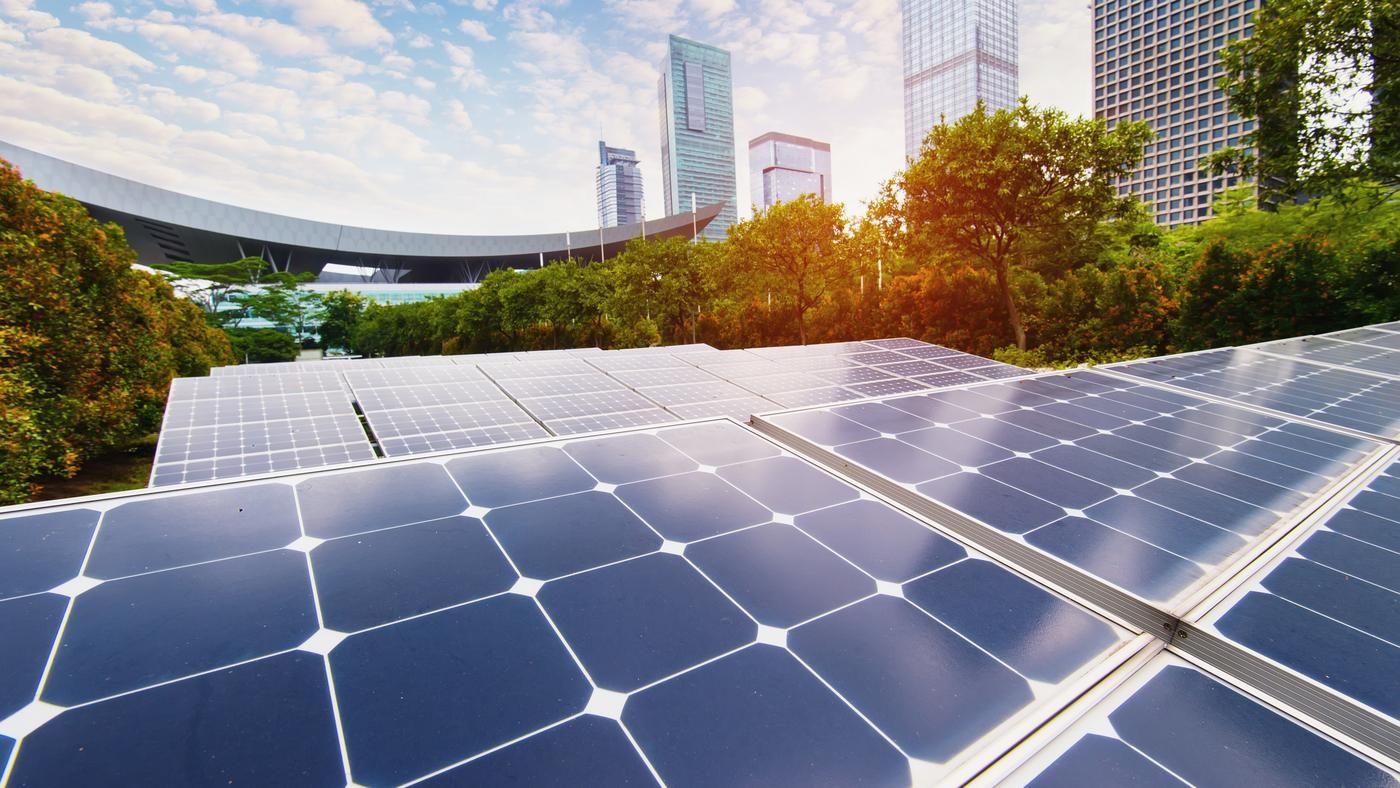 Energy transition outlook
Energy transition outlook
Global context
-
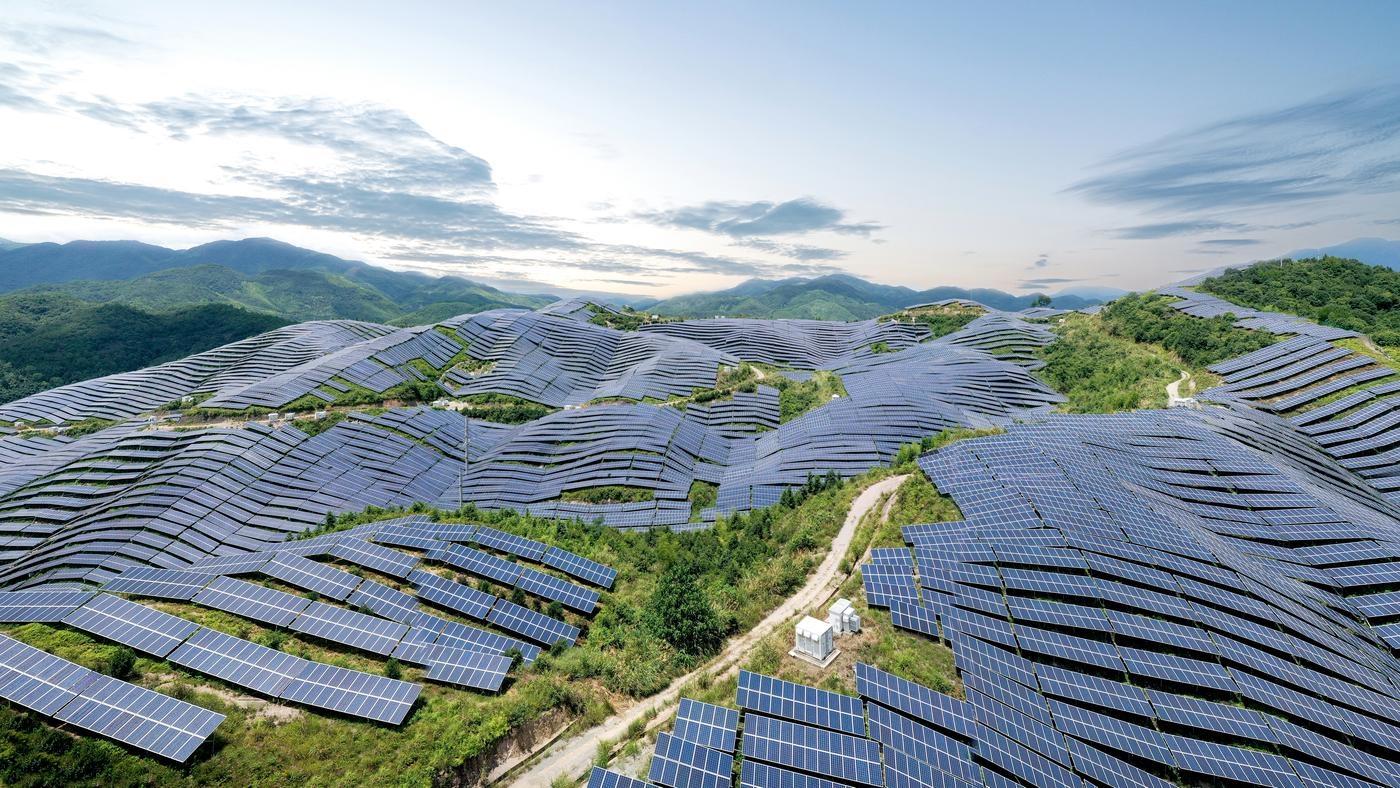 scenario 1
scenario 1
Base case
-
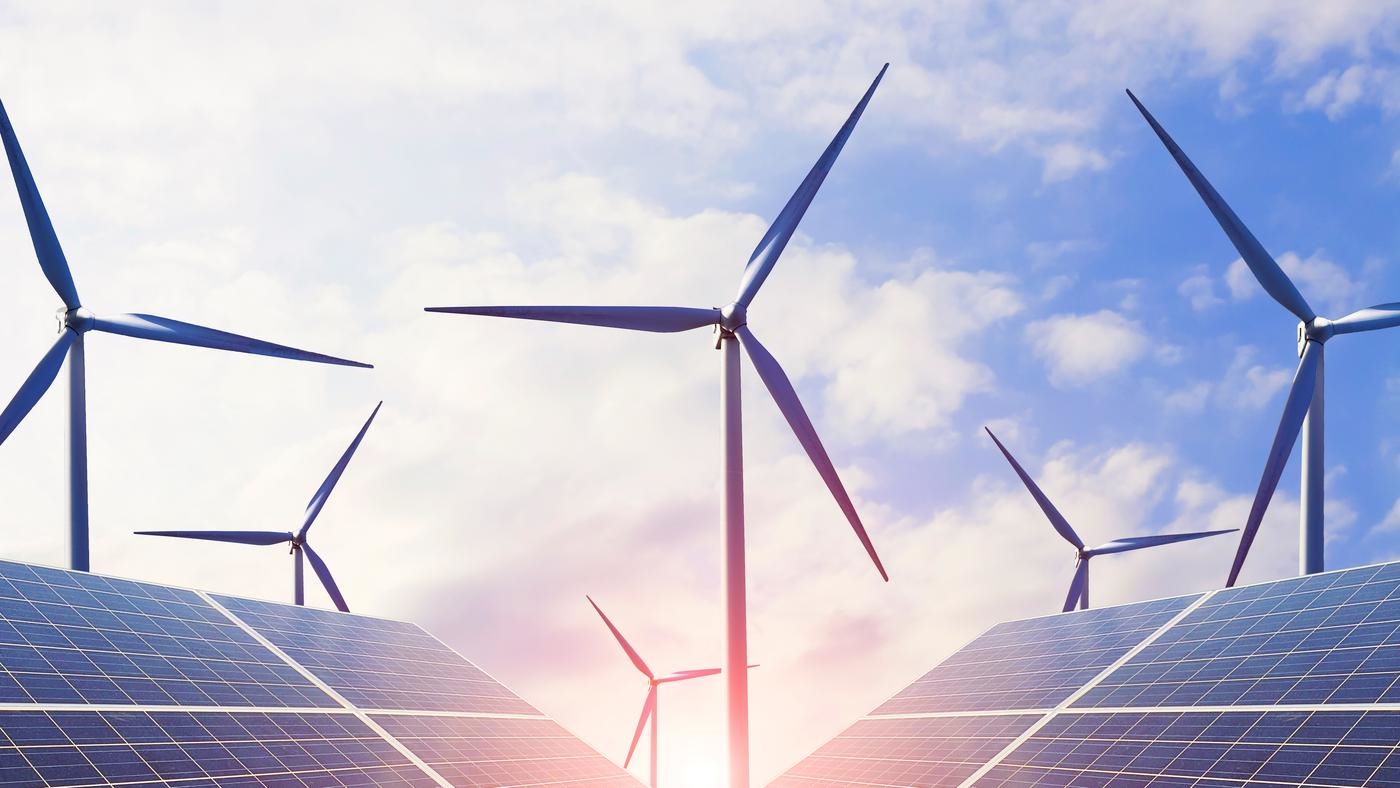 scenario 2
scenario 2
Country pledges
-
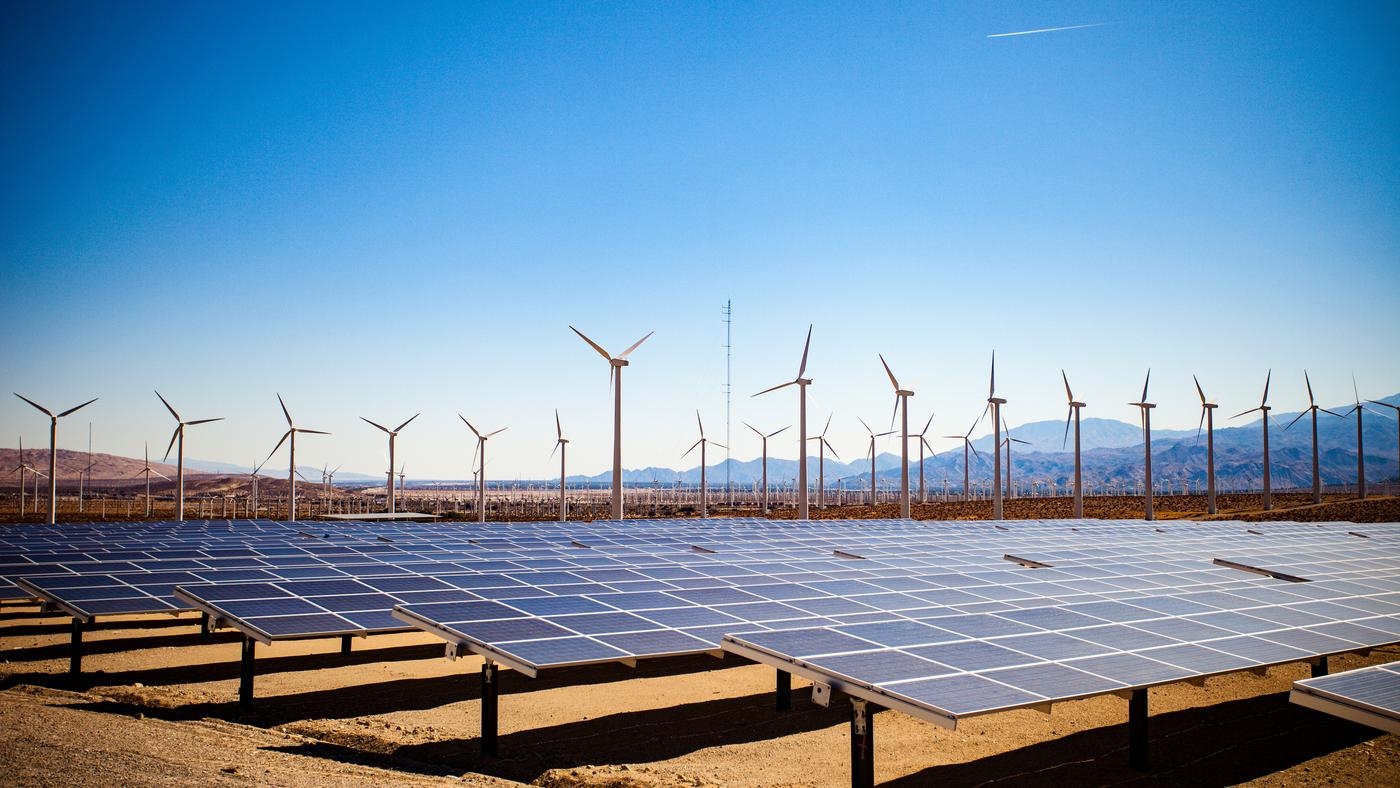 scenario 4
scenario 4
Delayed transition



